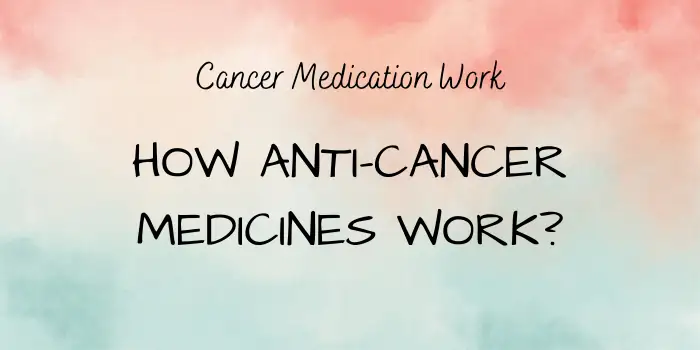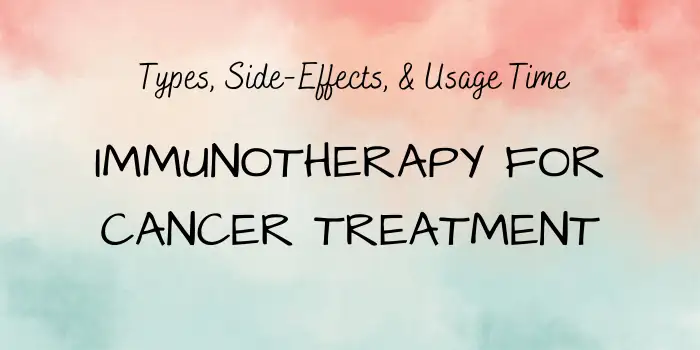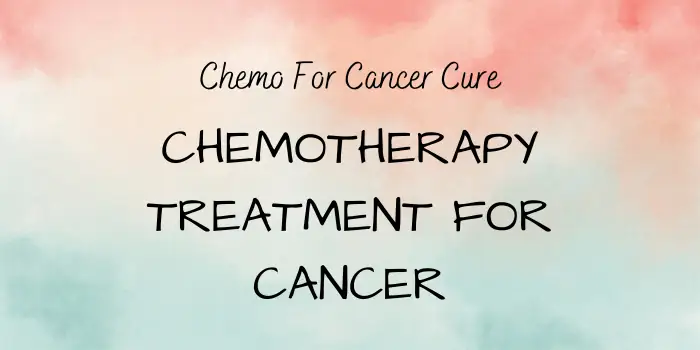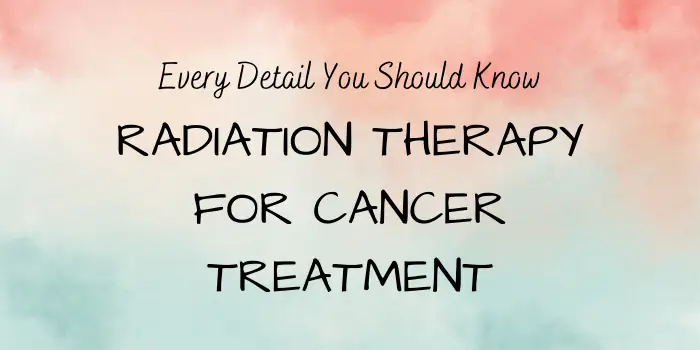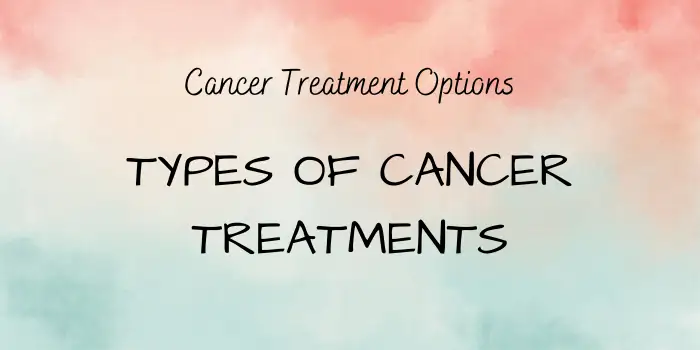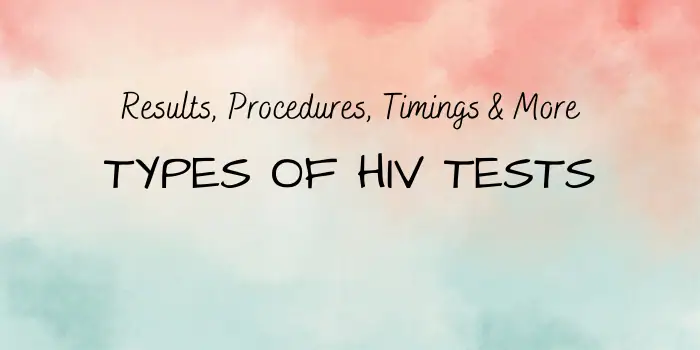Cancer is a complex disease characterized by the uncontrolled growth of abnormal cells. These cells can invade and damage healthy tissue, and they can spread to other parts of the body. If left untreated, cancer can be fatal.
Anti-cancer medicines, also known as chemotherapy drugs, are a type of medication used to treat cancer. They work by interfering with the growth and spread of cancer cells. There are many different types of anti-cancer drugs, and each one works differently.
Mechanisms of Action for Anti-Cancer Medicines
Anti-cancer medicines work by targeting specific processes involved in cancer cell growth and survival. Some drugs target the DNA of cancer cells, preventing them from dividing and replicating.
Others target the blood vessels that tumors need to grow, or they target proteins that are involved in cancer cell signaling.
Examples of Different Types of Anti-Cancer Drugs
Alkylating agents
Alkylating agents damage the DNA of cancer cells, preventing them from dividing and replicating.
Antimetabolites
Antimetabolites interfere with the metabolism of cancer cells, preventing them from producing the DNA and proteins they need to grow.
Antibiotics
Antibiotics are not typically used to treat infections, but some types of antibiotics can be used to treat cancer. These drugs interfere with the DNA of cancer cells, preventing them from dividing and replicating.
Hormonal therapy
Hormonal therapy is a type of anti-cancer treatment that targets hormones that are involved in the growth of cancer cells.
Immunotherapy
Immunotherapy is a type of anti-cancer treatment that uses the body’s immune system to fight cancer.
Targeted therapy
Targeted therapy is a type of anti-cancer treatment that targets specific genes or proteins that are involved in the growth and spread of cancer cells.
Anti-Cancer Medicine Side Effects
Anti-cancer medicines can cause several side effects, including:
Hair loss
Anti-cancer drugs can damage hair follicles, which can cause hair to fall out.
Nausea and vomiting
Anti-cancer drugs can irritate the stomach and intestines, which can cause nausea and vomiting.
Fatigue
Anti-cancer drugs can make you feel tired and weak.
Mouth sores
Anti-cancer drugs can damage the lining of the mouth, which can cause mouth sores.
Increased risk of infection
Anti-cancer drugs can suppress the immune system, which can increase the risk of infection.
Bleeding
Anti-cancer drugs can interfere with blood clotting, which can increase the risk of bleeding.
Anti-Cancer Medicine Effectiveness
Anti-cancer medicines are not always effective in curing cancer, but they can help to prolong life and improve the quality of life for many patients. The effectiveness of anti-cancer medicines depends on the type of cancer being treated, the stage of the cancer, and the patient’s overall health.
What Are the Different Types of Anti-Cancer Medicines?
There are many different types of anti-cancer medicines, and each one works differently. Some drugs target the DNA of cancer cells, preventing them from dividing and replicating. Others target the blood vessels that tumors need to grow, or they target proteins that are involved in cancer cell signaling.
What Are the Side Effects of Anti-Cancer Medicines?
Anti-cancer medicines can cause various side effects, including hair loss, nausea and vomiting, fatigue, mouth sores, increased risk of infection, and bleeding.
How Effective Are Anti-Cancer Medicines?
Anti-cancer medicines are not always effective in curing cancer, but they can help to prolong life and improve quality of life for many patients. The effectiveness of anti-cancer medicines depends on the type of cancer being treated, the stage of the cancer, and the patient’s overall health.
What Are the Costs of Anti-Cancer Medicines?
The cost of anti-cancer medicines can vary depending on the type of drug, the patient’s insurance coverage, and other factors.
Where Can I Get More Information About Anti-Cancer Medicines?
You can get more information about anti-cancer medicines from your doctor, a cancer specialist, or a reputable online source.
How Does Cancer Medication Work?
Yes, cancer medication, also known as anti-cancer drugs or chemotherapy, works by interfering with the growth and spread of cancer cells. There are many different types of cancer medication, each with its own unique mechanism of action. Some common types of cancer medication include:
- Cytotoxic Drugs
- Antimetabolites
- Hormonal Therapy
- Targeted Therapy
- Immunotherapy
What Is the Mechanism of Action of Anticancer Drugs?
Yes, there are many different mechanisms of action of anti-cancer drugs, but they all work by interfering with the growth and spread of cancer cells. Some common mechanisms of action include:
Damaging DNA
Some anti-cancer drugs damage the DNA of cancer cells, preventing them from dividing and replicating. Examples of drugs that work by damaging DNA include doxorubicin, cisplatin, and vincristine.
Interfering with Metabolism
Some anticancer drugs interfere with the metabolism of cancer cells, preventing them from producing the DNA and proteins they need to grow. Examples of drugs that work by interfering with metabolism include methotrexate and fluorouracil.
Targeting Hormones
Some anticancer drugs target hormones that are involved in the growth of cancer cells. Examples of drugs that work by targeting hormones include tamoxifen and anastrozole.
Targeting specific genes or proteins
Some anti-cancer drugs target specific genes or proteins that are involved in the growth and spread of cancer cells. Examples of drugs that work by targeting specific genes or proteins include imatinib and trastuzumab.
Using the immune system
Some anticancer drugs use the body’s own immune system to fight cancer. Examples of drugs that work by using the immune system include ipilimumab and pembrolizumab.
How Do Cancer Growth Blockers Work?
Yes, cancer growth blockers, also known as anti-cancer drugs or chemotherapy, work by interfering with the growth and spread of cancer cells. There are many different types of cancer growth blockers, each with its own unique mechanism of action. Some common types of cancer growth blockers include:
Cytotoxic drugs
These drugs damage the DNA of cancer cells, preventing them from dividing and replicating. Examples of cytotoxic drugs include doxorubicin, cisplatin, and vincristine.
Antimetabolites
These drugs interfere with the metabolism of cancer cells, preventing them from producing the DNA and proteins they need to grow. Examples of antimetabolites include methotrexate and fluorouracil.
Hormonal Therapy
These drugs target hormones that are involved in the growth of cancer cells. Examples of hormonal therapy drugs include tamoxifen and anastrozole.
Targeted Therapy
These drugs target specific genes or proteins that are involved in the growth and spread of cancer cells. Examples of targeted therapy drugs include imatinib and trastuzumab.
Immunotherapy
These drugs use the body’s immune system to fight cancer. Examples of immunotherapy drugs include ipilimumab and pembrolizumab.
What Kills Cancer Cells in the Body?
Many factors can be used to kill cancer cells in the body. Here are a few of the most common:
Surgery
This is the oldest and most common treatment for cancer. During surgery, a doctor removes the cancer cells from the body.
Radiation Therapy
This uses high-energy rays to kill cancer cells. Radiation therapy can be given from outside the body (external beam radiation therapy) or from inside the body (internal radiation therapy).
Chemotherapy
This uses powerful drugs to kill cancer cells. Chemotherapy can be given alone or in combination with other treatments, such as surgery or radiation therapy.
Targeted Therapy
This targets specific genes or proteins that are involved in the growth and spread of cancer cells. Targeted therapy can be given alone or in combination with other treatments, such as chemotherapy or radiation therapy.
Immunotherapy
This uses the body’s own immune system to fight cancer. Immunotherapy can be given alone or in combination with other treatments, such as chemotherapy or radiation therapy.
The specific treatment that is used will depend on the type of cancer, the stage of the cancer, and the patient’s overall health.
What Stops Cancer Cells from Growing?
Yes, there are a number of factors that can stop cancer cells from growing. These factors can be broadly divided into two categories:
Natural Factors
The body has a number of natural mechanisms that can help to stop cancer cells from growing. These include the immune system, which can attack and destroy cancer cells, and the process of apoptosis, which is a programmed cell death that helps to remove damaged or unwanted cells.
Treatment-Related Factors
There are a number of different types of cancer treatment that can help to stop cancer cells from growing. These include surgery, chemotherapy, radiation therapy, targeted therapy, and immunotherapy.
What Is the Number 1 Cancer-Fighting Food?
There is no single “number 1” cancer-fighting food. However, there are a number of foods that have been shown to have cancer-fighting properties. These foods are rich in nutrients that can help to protect against cancer, such as antioxidants, fiber, and vitamins.
Some of the foods that have been linked to a reduced risk of cancer include:
- Berries: Berries are a good source of antioxidants, which can help to protect cells from damage.
- Cruciferous vegetables: Cruciferous vegetables, such as broccoli, cauliflower, and Brussels sprouts, contain compounds that may help to prevent cancer.
- Tomatoes: Tomatoes are a good source of lycopene, an antioxidant that has been linked to a reduced risk of prostate cancer.
- Whole grains: Whole grains are a good source of fiber, which can help to protect against colon cancer.
- Fish: Fish is a good source of omega-3 fatty acids, which have been linked to a reduced risk of cancer.
Eating a healthy diet that includes plenty of fruits, vegetables, and whole grains is important for overall health and may help to reduce your risk of cancer. However, it is important to note that diet is just one factor that can affect your risk of cancer.
Other factors, such as smoking, family history, and age, also play a role.
What Is the Most Successful Cancer Treatment?
There is no single “most successful” cancer treatment, as the best treatment for a particular patient will depend on the type of cancer, the stage of the cancer, and the patient’s overall health.
However, some of the most common and effective cancer treatments include:
- Surgery
- Radiation therapy
- Chemotherapy
- Targeted therapy
- Immunotherapy
What Is the Hardest Cancer to Cure?
There is no definitive answer to the question of which cancer is the hardest to cure, as the prognosis for each patient will depend on several factors, including the type of cancer, the stage of cancer, and the patient’s overall health.
However, some cancers are generally considered to be more difficult to treat than others.
Pancreatic cancer: Pancreatic cancer is a very aggressive cancer that is often diagnosed at a late stage, when it is difficult to treat.
Brain cancer: Brain cancer is another aggressive cancer that is often difficult to treat surgically due to the delicate nature of the brain.
Lung cancer: Lung cancer is the leading cause of cancer death in both men and women, and it is often difficult to cure because it often spreads to other parts of the body before it is diagnosed.
Liver cancer: Liver cancer is often diagnosed at a late stage when it is difficult to treat. It can also be difficult to treat surgically because the liver is a very large organ.
Esophageal cancer: Esophageal cancer is a relatively rare cancer, but it is very difficult to treat because it is often diagnosed at a late stage when it has already spread to other parts of the body.
Which Cancer Is the Most Painful?
No, there is no definitive answer to the question of which cancer is the most painful, as the pain associated with cancer can vary greatly depending on the type of cancer, the location of the tumor, and the individual’s pain tolerance.
However, some cancers are generally considered to be more painful than others. These include:
- Bone cancer
- Pancreatic cancer
- Head and neck cancer
- Brain cancer
- Esophageal cancer
Can Cancer Diagnosis Occur Without a Biopsy?
No, cancer cannot be diagnosed without a biopsy. A biopsy is a procedure in which a small sample of tissue is removed from the body and examined under a microscope to look for cancer cells.
Conclusion
Anti-cancer medicines are a valuable tool in the fight against cancer. They can help to prolong life and improve the quality of life for many patients.
Info Source: https://www.roswellpark.org/cancertalk/202307/how-cancer-drugs-work

